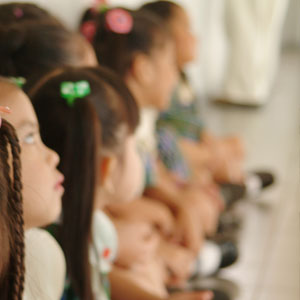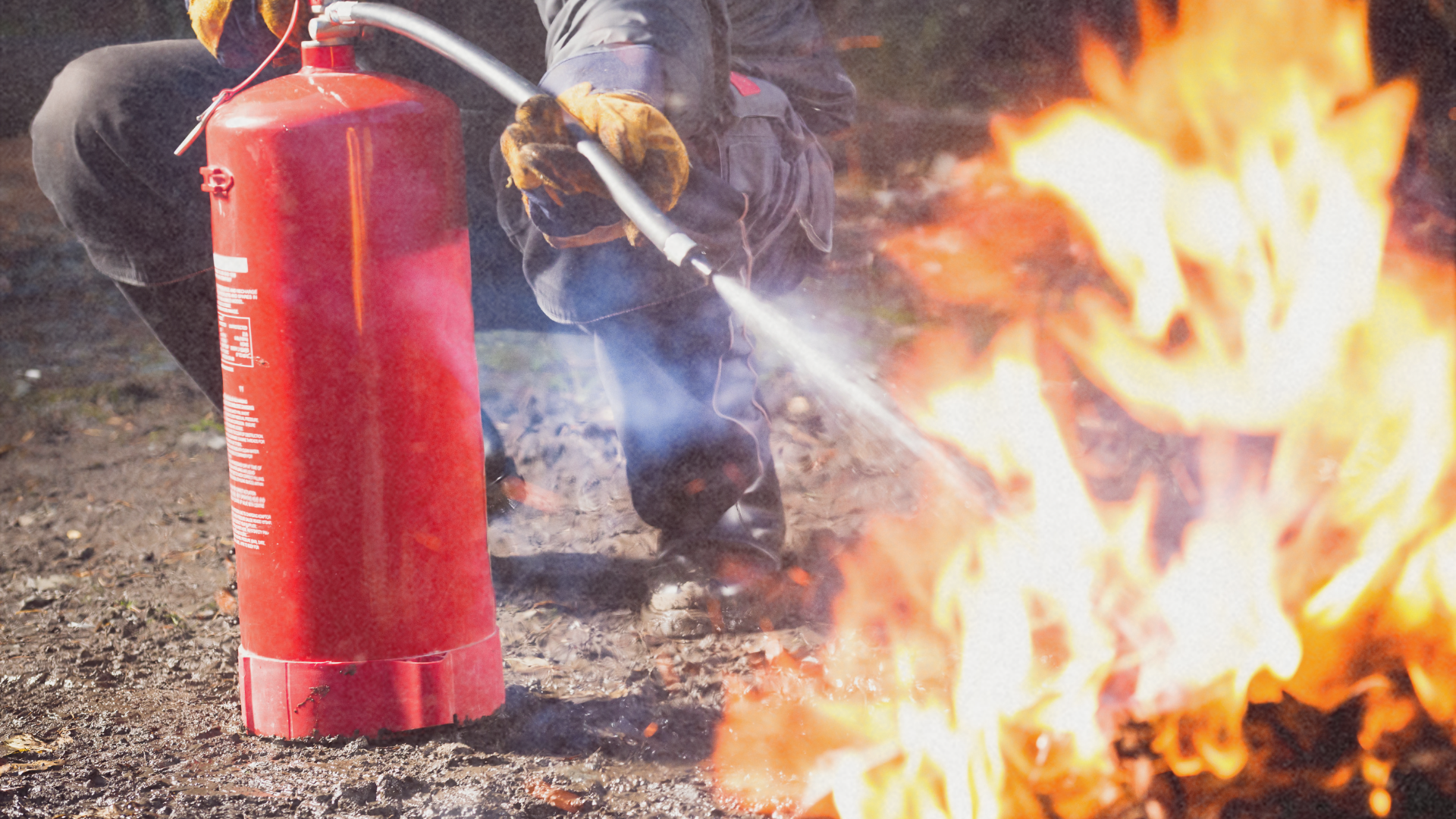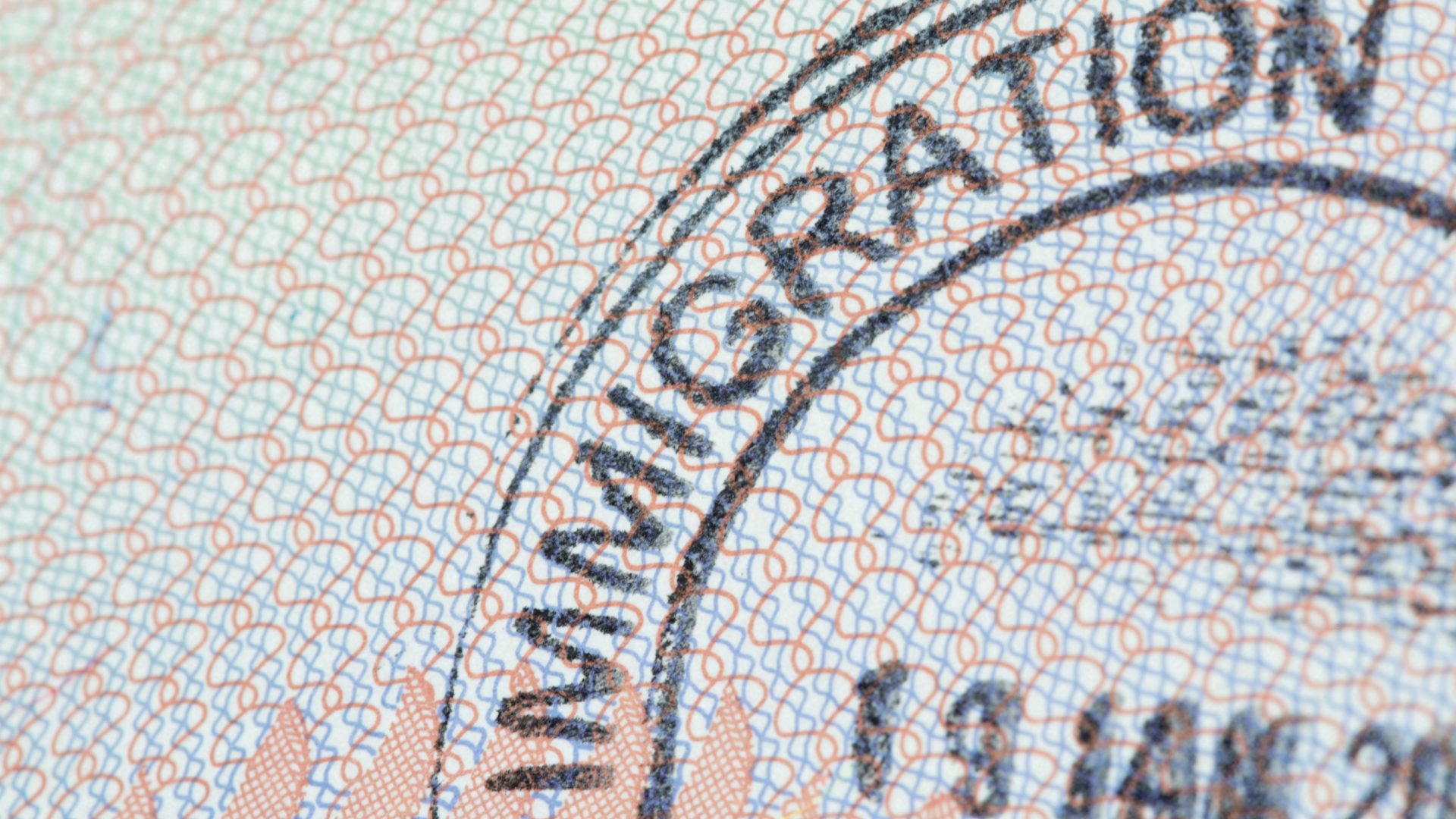On the average, studying in the Philippines requires 15 years of schooling, that is, from nursery to college—more years are needed if one decides to take masteral studies, law or medicine. For parents, there are many considerations when choosing the right school, college, or university for their children.
Children should be in an environment that provides an area for growth and holistic maturity for the mind, body, and soul. Parents should spend time checking the physical facilities of the school after reviewing its curriculum and method of teaching.
Below are basic questions that may guide parents when looking for schools:
1. Are the school’s pedestrian lane and parking area safe for the children and manned by qualified personnel?
2. Does the school have reliable security with trained security guards or volunteer personnel who would be able to handle emergencies?
3. Are there regular fire and earthquake drills for the teachers, students and school staff? Are the emergency exit signs available and easy to locate when they are needed?
4. Are the school canteens regularly checked for sanitation and cleanliness?
5. Are there proper maintenance procedures and usability checking for the school equipment like air conditioning units, electric fans, lavatories, and Bunsen burners for the chemistry lab?
6. Are there medical professionals available in the school like doctor or nurse? Does the school clinic have medical supplies and equipment in case of an emergency? Is there a nearby hospital?
7. What is the school’s protocol when handling communicable diseases and outbreaks? Does the school promote hand washing and good grooming? Do they have facilities with sufficient soap and water?
8. Is the school playground safe for young children? Are the sports and recreational equipment well maintained?
9. Are there school policies regarding violence among teachers and students within the school premises?
10. Are there policies regarding smoking, bringing of alcoholic beverages, etc.?
Young Pedestrian Safety
Road safety is one of the major concerns of most parents. Many road traffic injuries may lead to several disabilities among children. Global data show that it is the major cause of death among 15- to 19-year-olds and the second leading cause among 5- to 14-year-old group in children. This is brought by the independence and increasing mobility of the older children to exhibit risk-taking behavior.
Depending on the locality, students go to school through private vehicles or school services. In most cases, many are commuting when going to school, using public transportation or sometimes others prefer to walk when they live near the school. So we need to ensure the safety of the school zone to prevent possible accidents by having secure pedestrian lanes monitored by trained personnel or traffic enforcers. Accidents have both physical and psychosocial impacts. A child may develop anxiety, phobia, post-traumatic stress disorder, or other behavioral problems as a consequence of a traumatic incident.
Fire and earthquake drills are very important to raise awareness of the students and school authorities. Although these are frequently regarded as hassles by school staff and students, these are essential for everyone to be prepared. All must know where the emergency exits and fire extinguishers are located, who to call for help, be alert and have presence of mind when the need arises.
Emergency Tips for Burns
Some of the tips when a person sustains burns:
1. Secure one’s safety first before extending assistance to the injured persons.
2. Remove the victim’s clothing to remedy the burning sensation of the affected area. Irrigate the burnt area with cold water.
3. Extinguish the flames using water or fire extinguishing agents. A blanket may also be covered to the victim or he may be instructed to roll over on the ground.
4. For chemical burns, copious irrigation with water should be done to eliminate the chemical agent.
5. Send the victim to the nearest clinic for prompt evaluation of the medical personnel for further management.
6. Reevaluate the incident and emergency procedures to improve the school staffs skills and reaction time.
Providing guidelines on fire prevention and protocols during an earthquake should also be posted around the campus for the students and school staff.

School Facilities Hygiene and Maintenance
Maintaining the cleanliness of school canteens should be kept to avoid diseases such as hepatitis A, typhoid fever, and acute gastroenteritis, among others. These diseases are usually transmitted by feco-oral route and may be brought about by poor hygiene and sanitation.
The food served or sold should always be kept warm, consumed in the same day and discarded if deemed necessary. Students should be taught about of the importance of hand washing, especially after using the lavatories and before eating their meals. There should also be provisions for the sink with readily available soap and adequate water supply. In case of food poisoning, the medical personnel should be immediately informed for proper investigation, documentation and patient management.
School equipment such as air-conditioning units must be regularly checked and maintained. Some diseases can be transmitted by air or droplet infection—such as influenza, pneumonia, varicella or chicken pox, measles, mumps, etc. It is very unusual for half of a class to have cough and colds after being exposed to a sick teacher or a classmate for a few days. This commonly occurs during the rainy season when influenza case rises.
During influenza A (H1N1) pandemic, we should take extra precaution. Educating and conducting information dissemination are crucial to the prevention of the diseases. Preventive measures that should be emphasized are proper hand washing techniques, use of face masks, covering the mouth and nose when sneezing, and reporting of chickenpox cases or other highly communicable diseases to the medical officer. The schools’ medical officer should have a complete health record of all students and staff. This should include the contact details of the parents or persons to be notified during an emergency, any history of allergy to food or medicine, bronchial asthma, past surgeries, record of immunizations, and dental records.
Medical professionals are advised to conduct activities that would promote a healthy lifestyle among its staff and students like maintaining a balanced diet, taking regular exercise and physical activity, and valuing the importance of drinking water and taking vitamin supplements.
Traumatic Injury
Emergency falls are the leading cause of traumatic brain injury with a significant risk of long-term consequences. Fracture of the limbs, especially of the forearm, is the most common type of fall-related injury in children. Falls may lead to sprains and head injuries aside from limb fractures. School officials should have an environment that is child-friendly—ensuring the safety of the children at all times. Defective facilities should be regularly checked, fixed or replaced like rubber floor padding or similar equipment in the designated areas.
Violence inside school premises should be dealt with accordingly to prevent serious consequences. The school officials should have a protocol on how to deal with students who are engaged in violent or risk-taking behavior. This includes vandalism, smoking or using drugs and/or drinking alcoholic beverages inside the campus. Students who exhibit behavioral problems must be properly evaluated and if needed, referred for immediate management and care. It is important to deal with these students to avoid untoward incidents that may harm themselves and other students.
Parents would like to send their children to the best schools and provide them with the best education available. However, there are many things to consider. Children spend most of their time in school like spending our time at work. We need to be observant and offer recommendations to school officials or even to the local government officials on issues concerning road safety and security, injury prevention and health issues. Let us make this world a better place to live in, especially for the children. •






